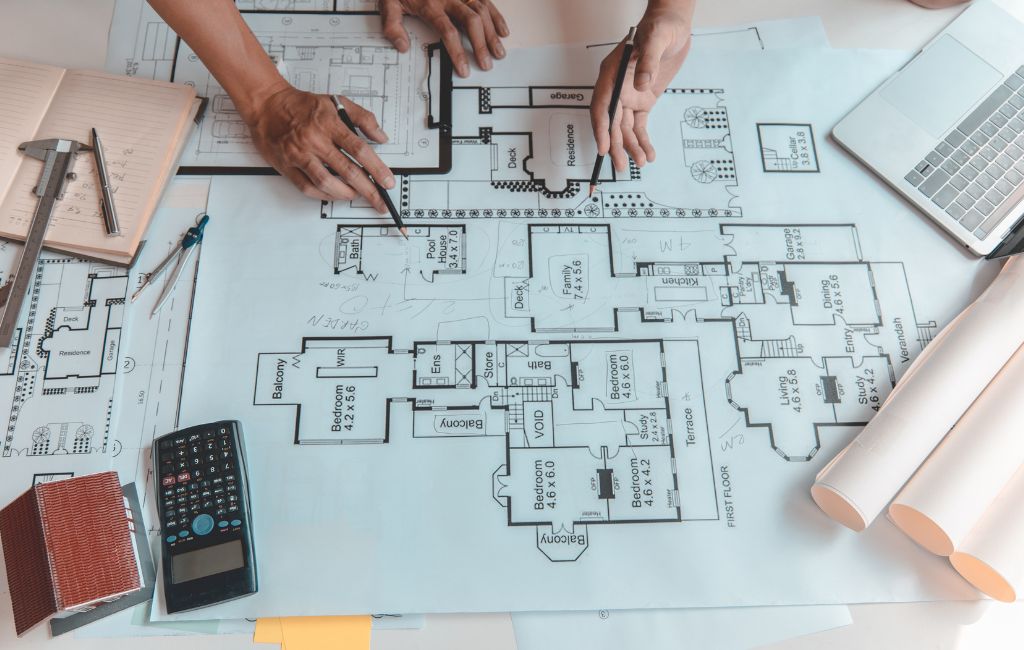
-
Table of Contents
- Architectural Trends: Modern Solutions for Smart Living
- Smart Home Technology
- Voice-Activated Assistants
- Automated Lighting
- Enhanced Security Systems
- Sustainable Architecture
- Eco-Friendly Materials
- Energy-Efficient Systems
- Flexible Living Spaces
- Open Floor Plans
- Modular Furniture
- Biophilic Design
- Natural Light
- Indoor Greenery
- Case Studies
- Statistics
- Conclusion
Architect Trends Modern Solutions
In recent years, the field of architecture has seen a significant shift towards integrating technology and sustainability into residential and commercial spaces. This article explores the latest architectural trends that are shaping modern living environments, providing insights into how these innovations are enhancing our daily lives.
Smart Home Technology
Smart home technology has revolutionized the way we interact with our living spaces. From voice-activated assistants to automated lighting and security systems, these advancements offer convenience, efficiency, and enhanced security.
Voice-Activated Assistants
Devices like Amazon Echo and Google Home have become household staples. These assistants can control various aspects of the home, such as lighting, temperature, and entertainment systems, through simple voice commands.
Automated Lighting
Automated lighting systems, such as Philips Hue, allow homeowners to customize lighting settings based on their preferences and schedules. These systems can be controlled remotely via smartphone apps, providing flexibility and energy savings.
Enhanced Security Systems
Modern security systems offer features like real-time video surveillance, motion detection, and remote access. Brands like Ring and Nest provide comprehensive solutions that ensure the safety of homes and their occupants.
Sustainable Architecture
Sustainability has become a key focus in architectural design. Incorporating eco-friendly materials and energy-efficient systems not only reduces environmental impact but also lowers operational costs.
Eco-Friendly Materials
Using materials such as bamboo, reclaimed wood, and recycled metal helps minimize the carbon footprint of construction projects. These materials are durable, aesthetically pleasing, and environmentally responsible.
Energy-Efficient Systems
Solar panels, geothermal heating, and energy-efficient windows are becoming standard in new constructions. These systems reduce reliance on non-renewable energy sources and contribute to long-term savings on utility bills.
Flexible Living Spaces
The demand for adaptable living spaces has grown, driven by changing lifestyles and the need for multifunctional areas. Open floor plans and modular furniture are key elements in creating flexible environments.
Open Floor Plans
Open floor plans eliminate unnecessary walls, creating a sense of spaciousness and allowing for better flow between different areas of the home. This design approach fosters social interaction and makes spaces feel larger.
Modular Furniture
Modular furniture offers versatility and customization. Pieces can be rearranged or expanded to suit different needs, making them ideal for small apartments or homes with limited space.
Biophilic Design
Biophilic design emphasizes the connection between humans and nature. Incorporating natural elements into architectural design can improve well-being and create a calming atmosphere.
Natural Light
Maximizing natural light through large windows and skylights reduces the need for artificial lighting and enhances the overall ambiance of a space. Natural light has been shown to boost mood and productivity.
Indoor Greenery
Integrating plants and green walls into interior spaces brings the outdoors inside. This not only improves air quality but also adds a touch of nature to the living environment.
Case Studies
Several projects exemplify these modern architectural trends. Here are a few notable examples:
- Edge House, Poland: This home features a unique design that blends into its natural surroundings. It utilizes eco-friendly materials and energy-efficient systems to minimize its environmental impact.
- Tree House, Singapore: This residential building incorporates extensive greenery and sustainable features, creating a vertical forest in an urban setting.
- Smart Home, USA: Equipped with the latest smart home technology, this house offers automated systems for lighting, security, and climate control, providing a seamless living experience.
Statistics
Recent data highlights the growing adoption of these architectural trends:
- According to Statista, the global smart home market is projected to reach $135.3 billion by 2025.
- A report by the World Green Building Council indicates that green buildings can reduce energy consumption by up to 30%.
- The American Institute of Architects found that 60% of architects are incorporating biophilic design principles into their projects.
Conclusion
The integration of smart technology, sustainable practices, flexible living spaces, and biophilic design is transforming the architectural landscape. These trends not only enhance the functionality and aesthetics of living environments but also contribute to a more sustainable and connected future. As these innovations continue to evolve, they will play a pivotal role in shaping the way we live and interact with our surroundings.